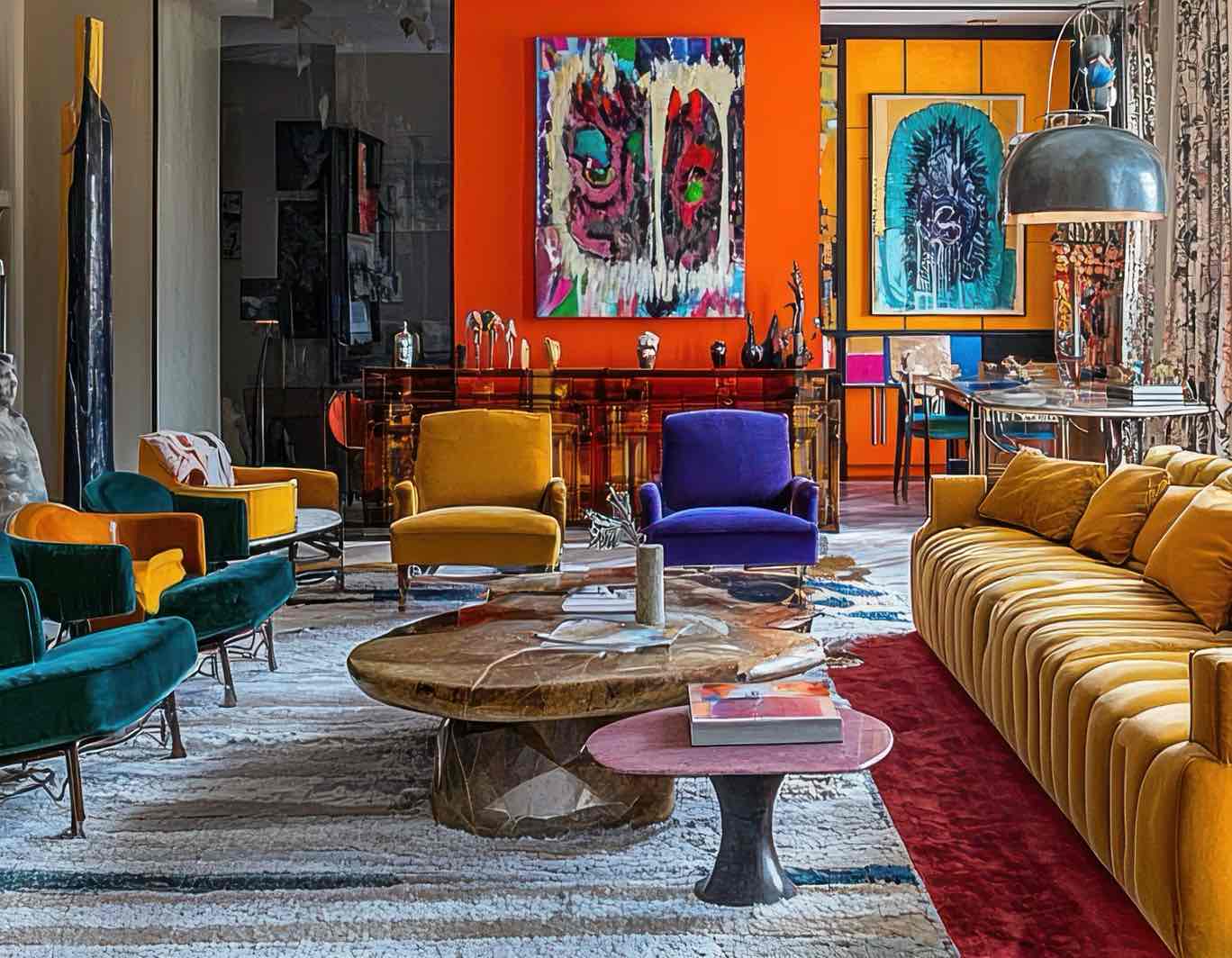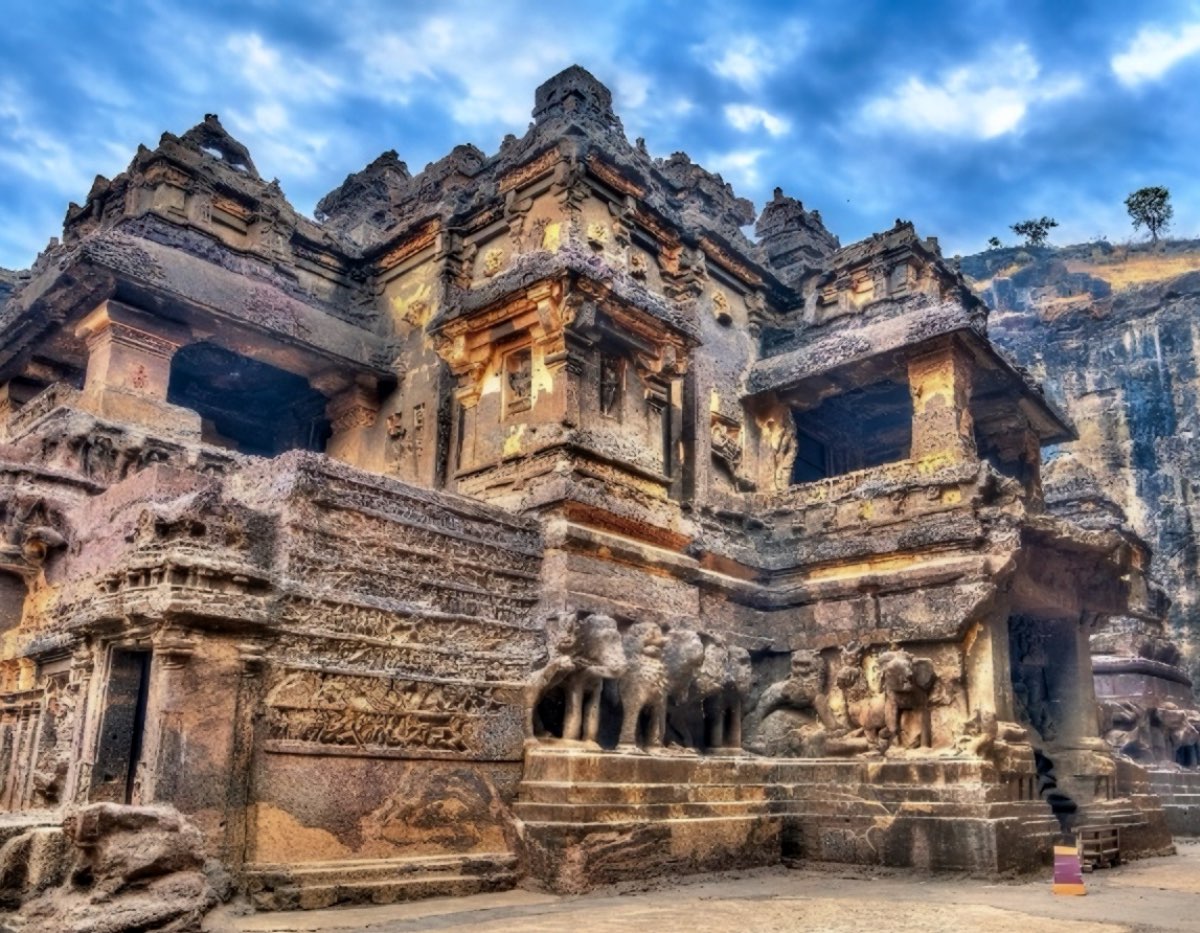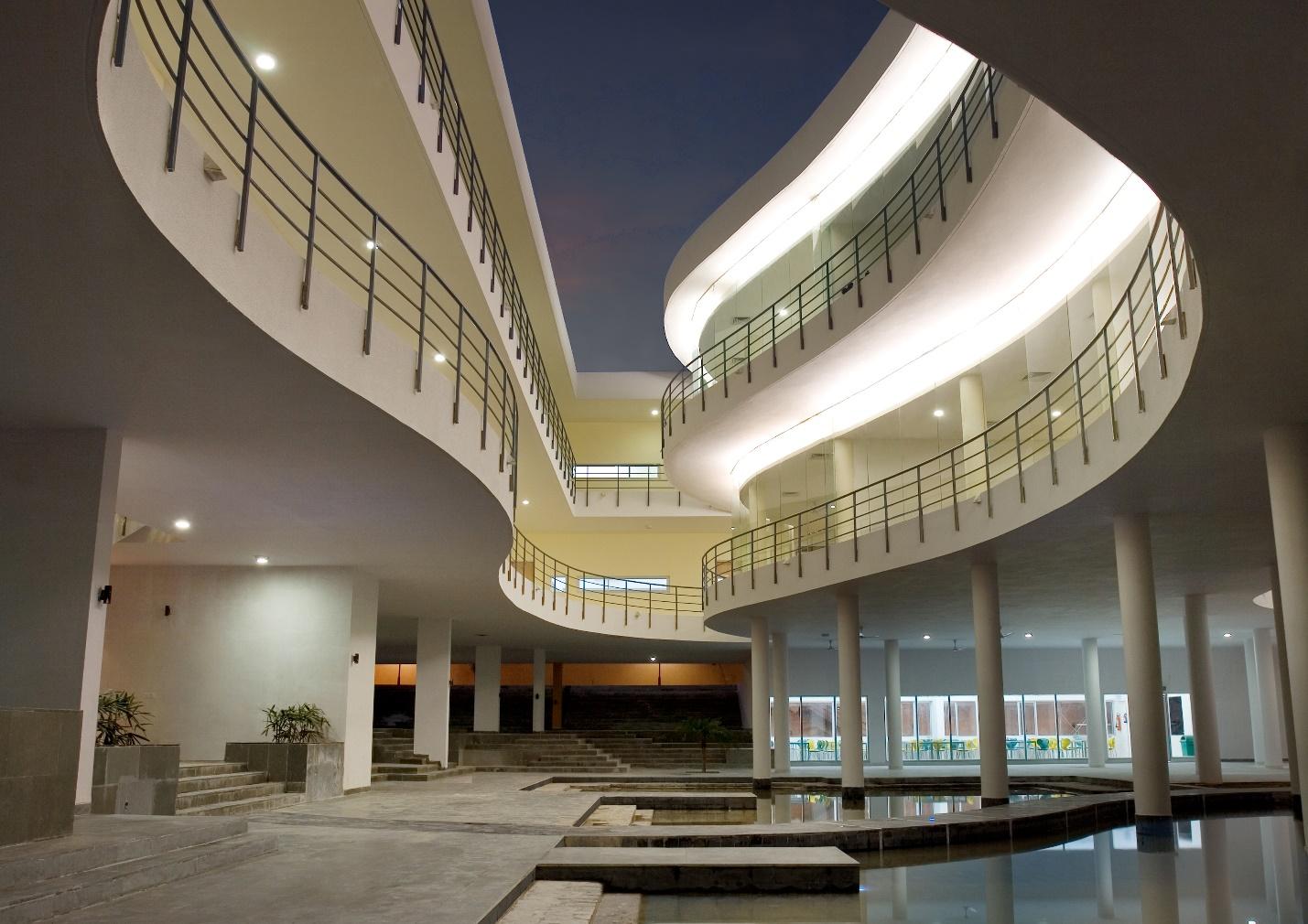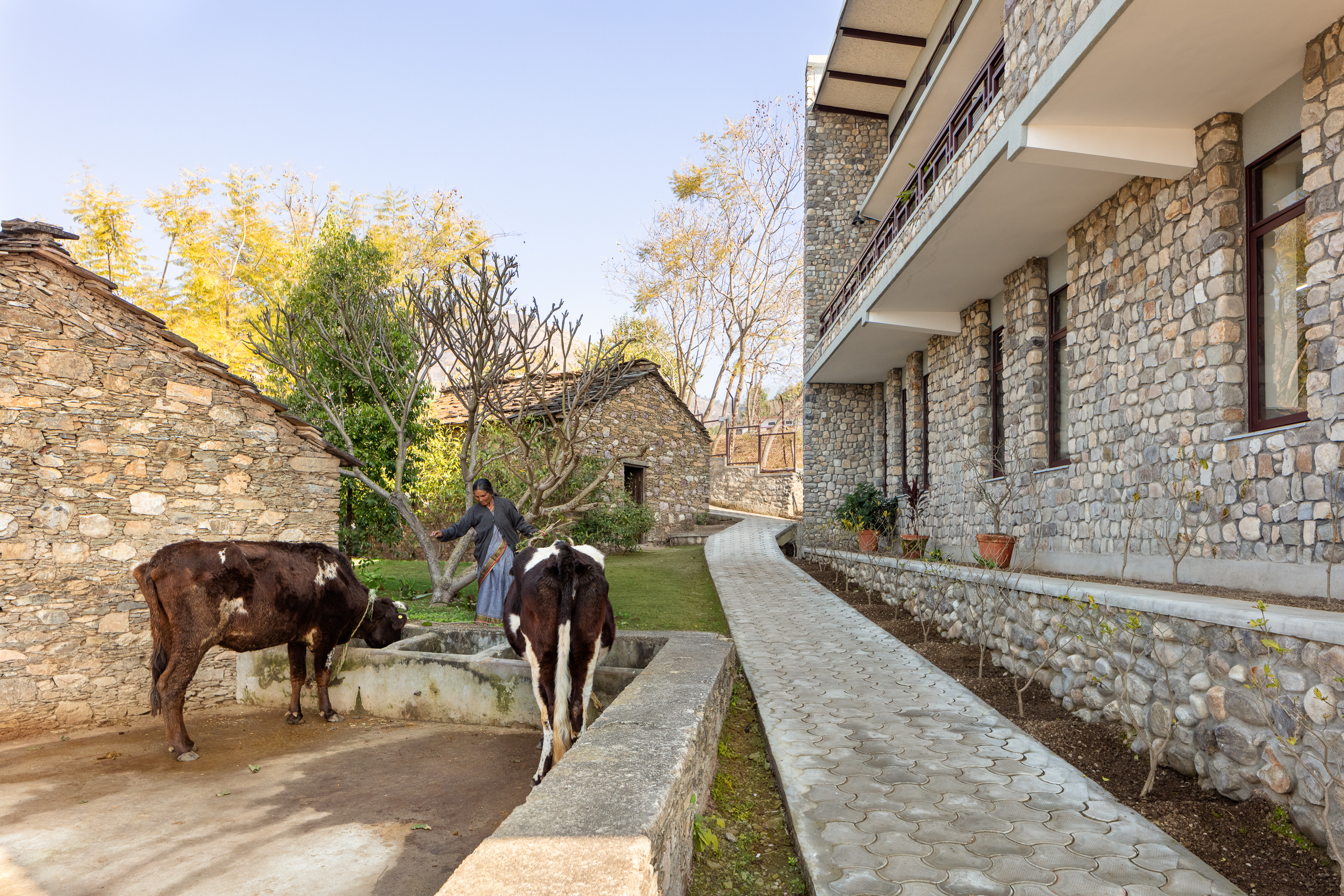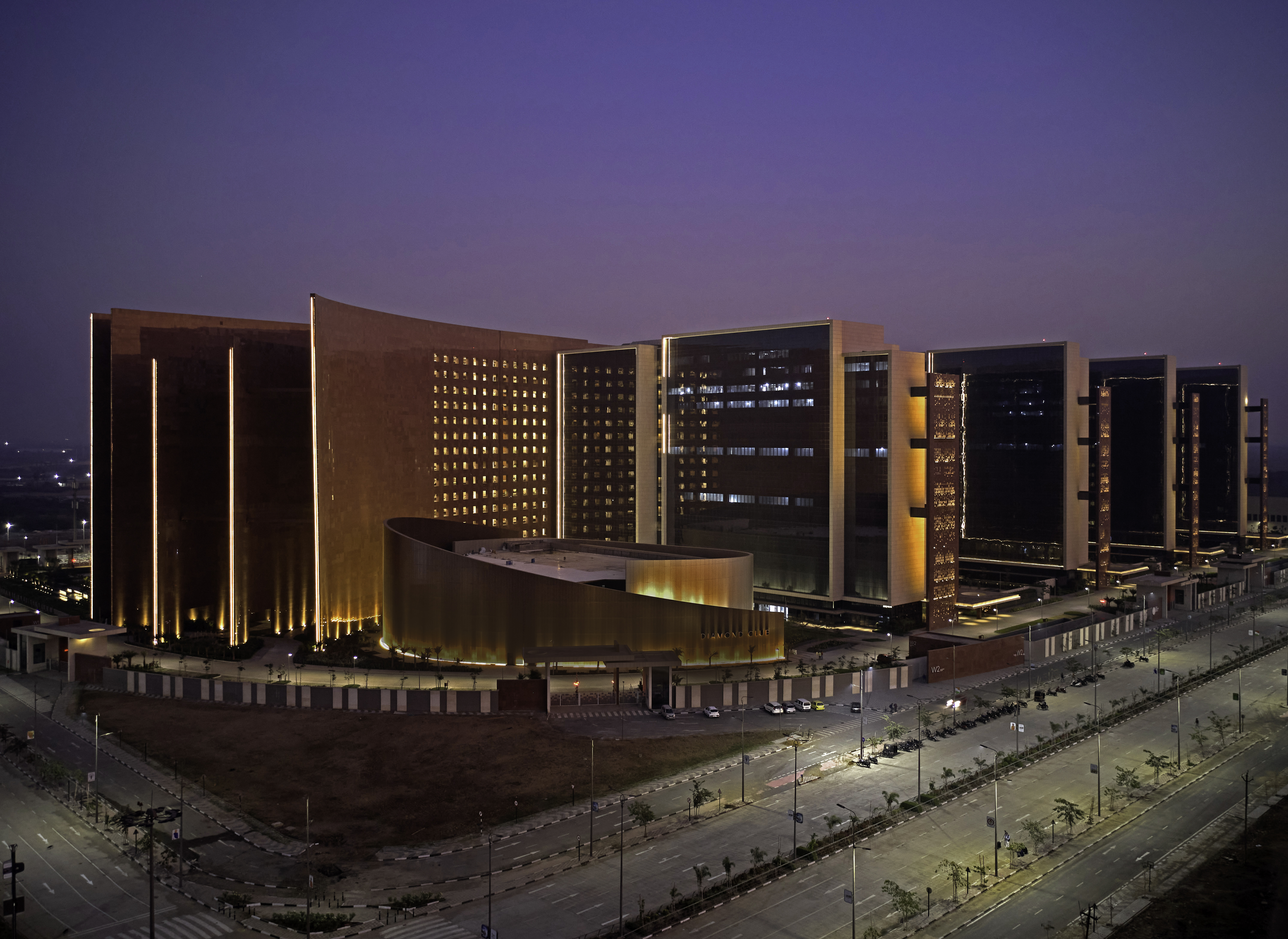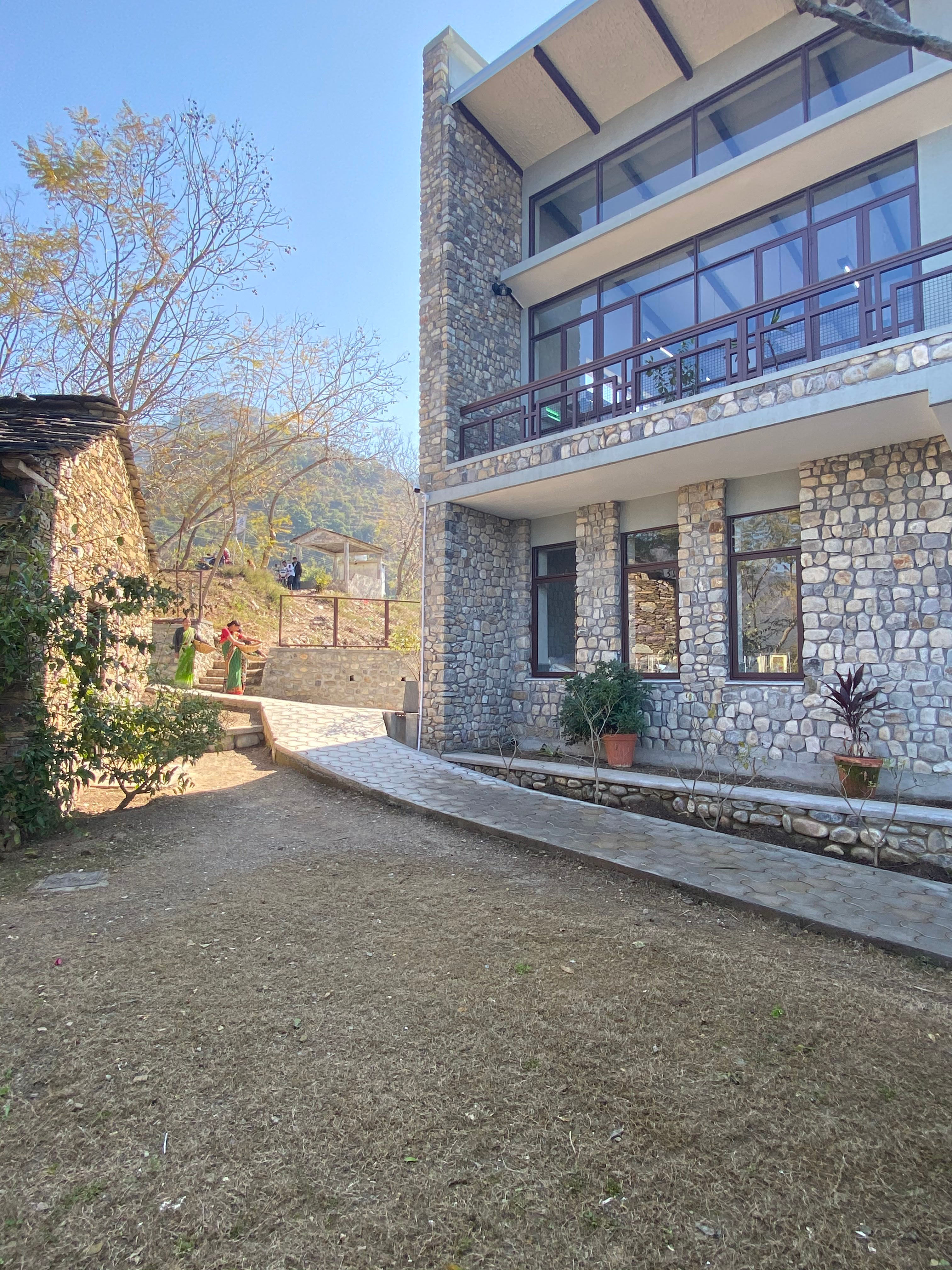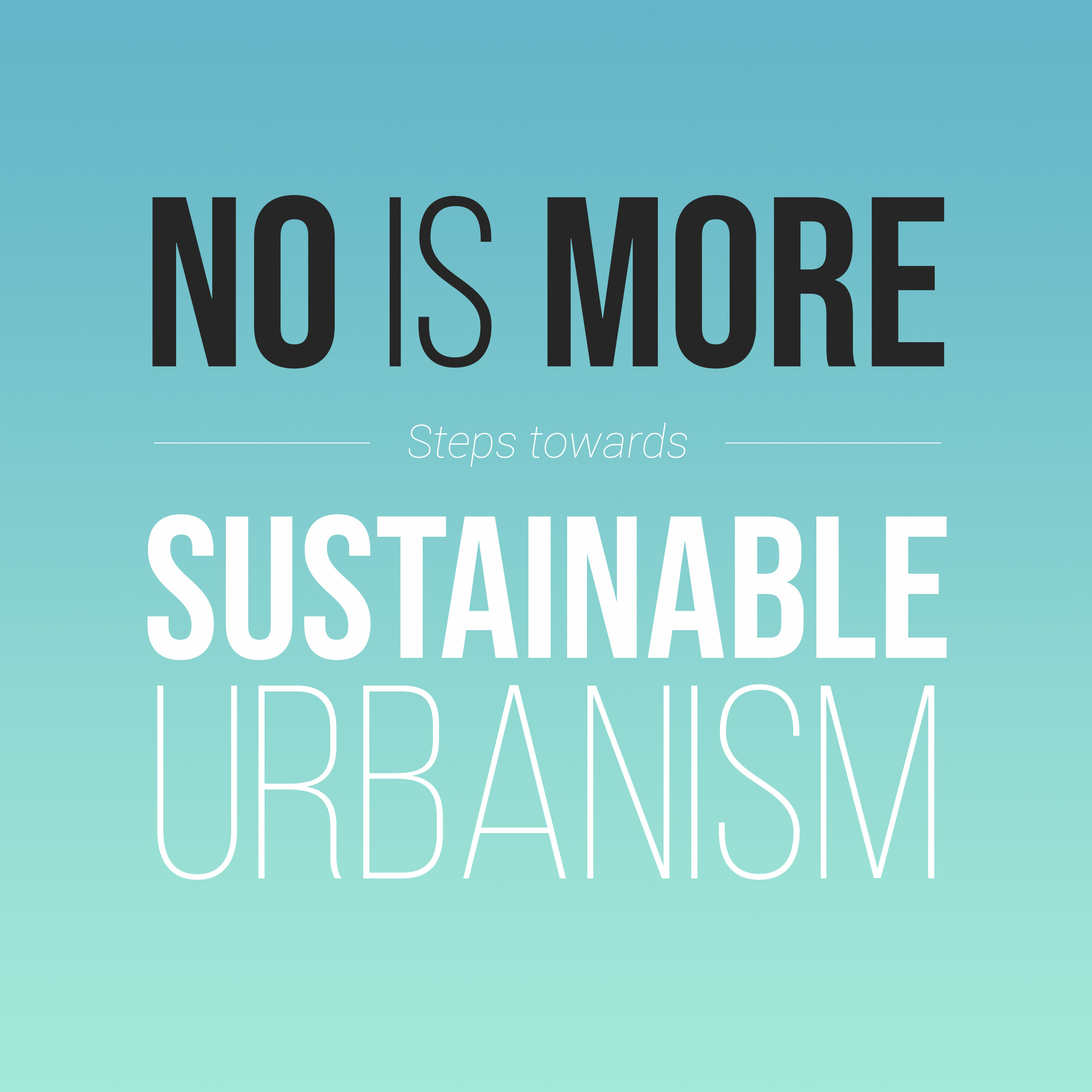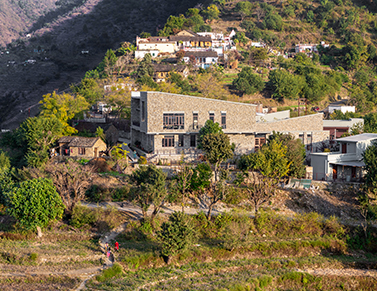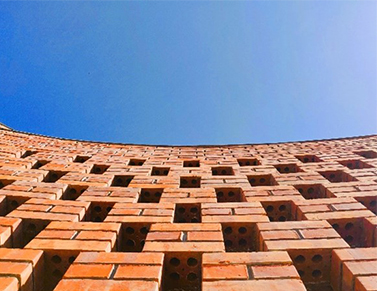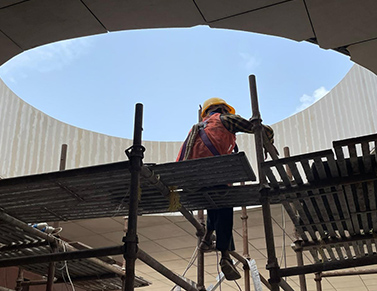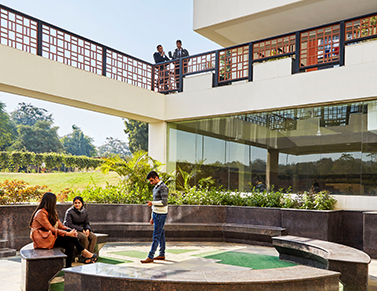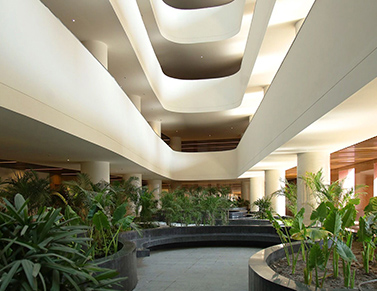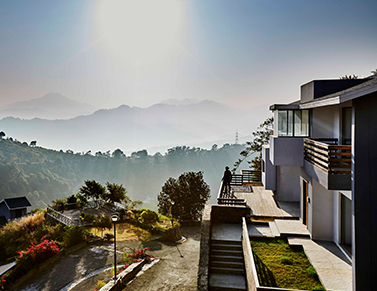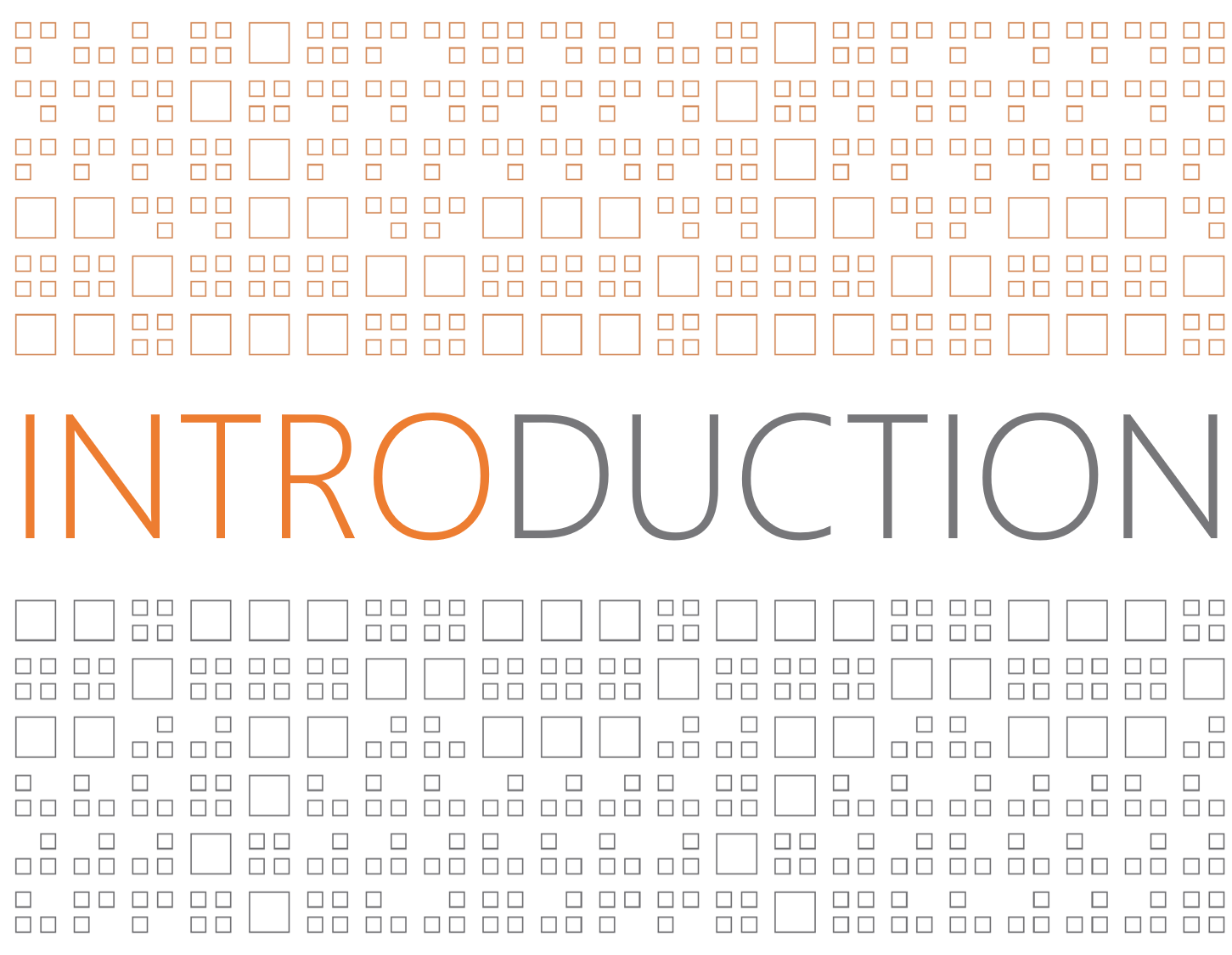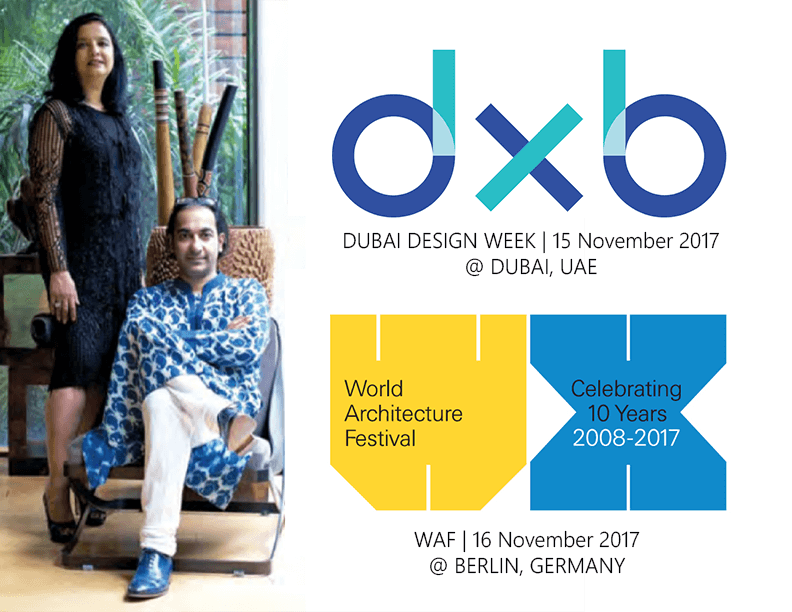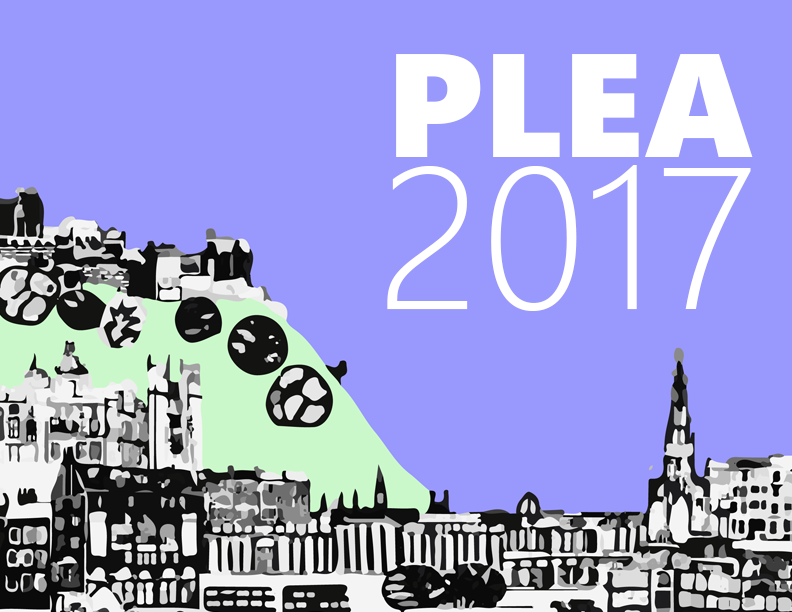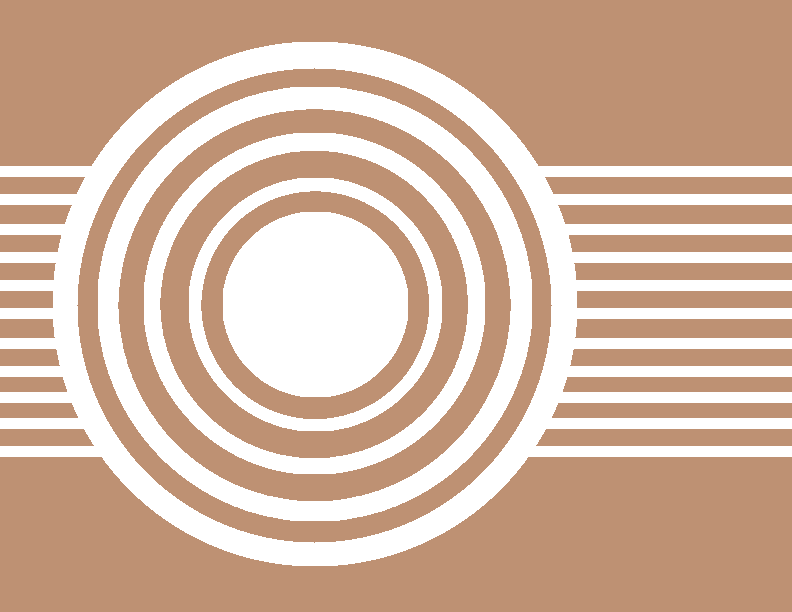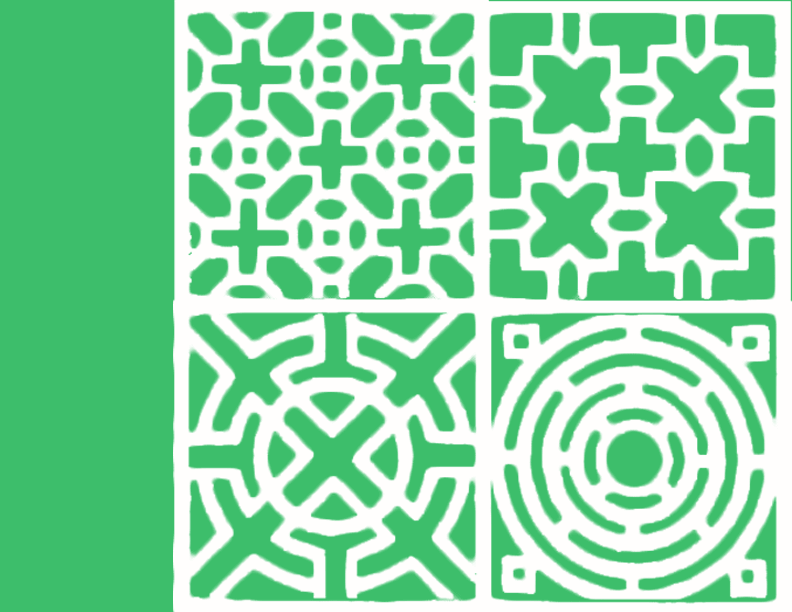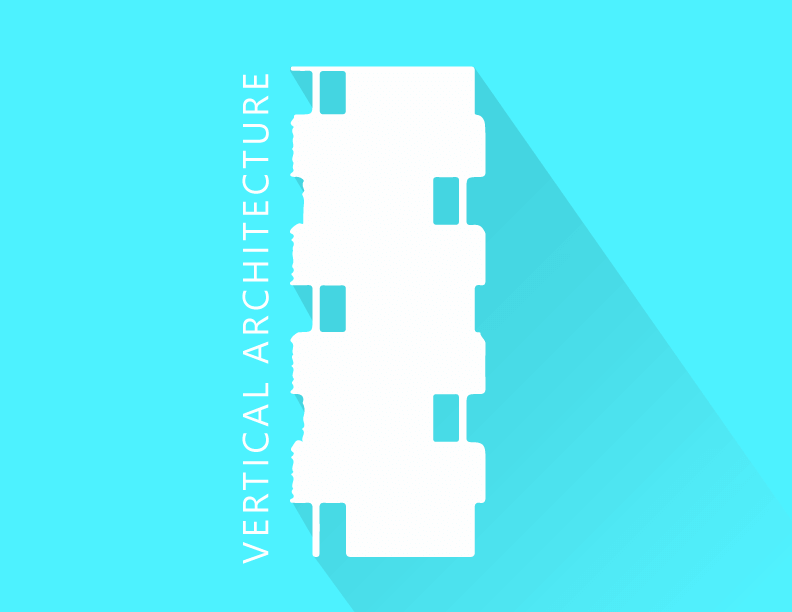A comprehensive guide to mastering eclectic interiors—this article explores how to seamlessly blend styles, textures, and time periods, create cohesion in layered spaces, and design each room with personality, purpose, and architectural intent.
Interior design is not merely the practice of arranging furniture within four walls—it is the art of orchestrating spatial narratives that respond to human behavior, function, and emotion. It fuses the pragmatic with the poetic, resulting in environments that enhance life and reflect personal identity. As homes increasingly become a canvas for individuality, eclectic interior design has emerged as a compelling style—where aesthetics are not bound by a single era, movement, or rule. Instead, it embodies the creative synergy of contrast and cohesion.
This article explores the philosophy and techniques behind eclectic interiors—offering insights into its fundamental elements, ideas for curating balanced visual language across diverse styles, and room-specific strategies. Whether you’re a homeowner seeking to enrich your space or a design professional looking to deepen your palette, this guide brings clarity to the richly layered world of eclectic design.
Table of Content:
What is Eclectic Interior Design?
Eclectic interior design is an intentional amalgamation of varied styles, time periods, and global influences—brought together in a cohesive and visually compelling composition. Unlike stylistic purism, eclectic design embraces diversity by balancing juxtaposed aesthetics: antique with contemporary, rustic with polished, minimal with maximal.
Key Principles of Eclectic Interior Design
Eclectic design relies on visual harmony through contrast, merging disparate elements in a way that stimulates curiosity without chaos. Cohesion is achieved through repeated motifs, material consistency, or controlled palettes that thread the composition together.
Difference Between Eclectic and Other Interior Design Styles
While traditional design styles follow rigid visual languages, eclectic interiors create aesthetic dialogues between eras, cultures, and materials. Rather than adhering to a single grammar, they orchestrate a pluralistic yet intentional design narrative.
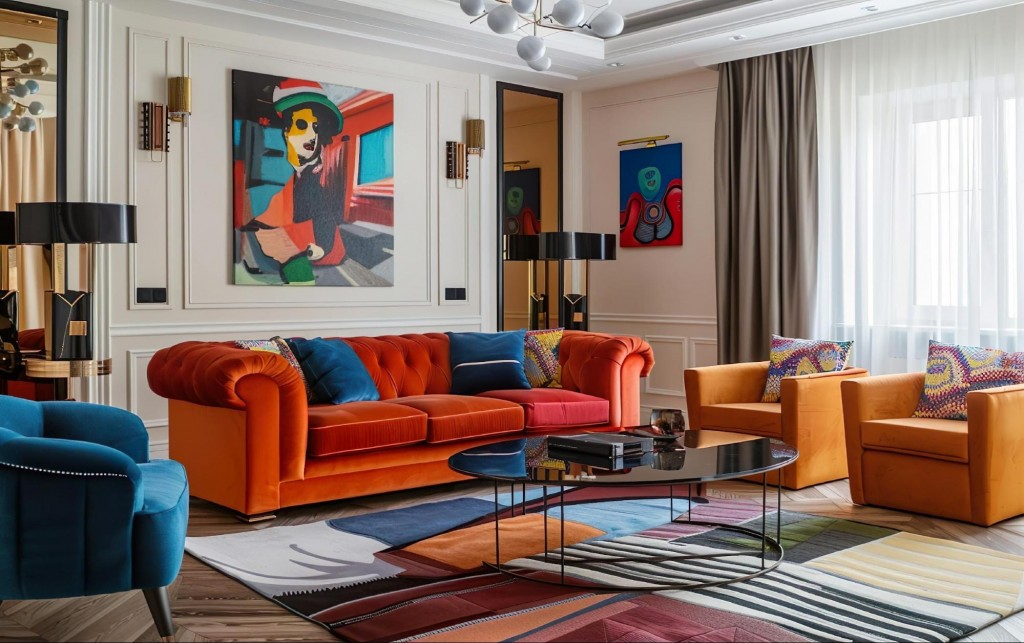
Elements of Eclectic Interior Design
An effective eclectic space is built on five core design elements:
- Mix of Styles: Harmoniously combining design vocabularies such as Art Deco, Scandinavian, Colonial, and Brutalist.
- Contrasting Colours and Patterns: Layering polychromatic palettes and diverse motifs while anchoring with a cohesive undertone.
- Textures and Materials: Incorporating organic and industrial finishes to add tactile depth.
- Personalised Décor: Embedding personality through artefacts, heirlooms, and curated objects.
- Focal Furniture: Using sculptural or vintage statement pieces as spatial anchors.
Essential Eclectic Interior Design Ideas
To successfully execute eclecticism, one must design with clarity, restraint, and rhythm.
Mixing Patterns and Textures
Curating contrasting patterns—florals, stripes, tribal motifs—demands balance. A geometric rug might complement handwoven throws and smooth leather upholstery, creating depth through contrast.
Combining Vintage and Contemporary Pieces
Pairing eras—such as a sleek modern console with a carved teak mirror—creates temporal contrast. This approach transforms a room into a dynamic narrative of design history.
Using Statement Pieces to Create Focal Points
One or two dominant elements—a sculptural light fixture or an abstract painting—can become spatial anchors. These prevent visual scatter and draw the eye with intention.
Eclectic Lighting Ideas
Eclectic lighting layers ambient, task, and accent sources. Consider pairing a linear pendant with antique sconces or a Murano chandelier above a minimalist dining table.
Embracing Art and Personal Collections
Integrating diverse art forms—photographs, textiles, installations—adds cultural and emotional depth. Placement should follow a visual hierarchy to prevent visual noise.
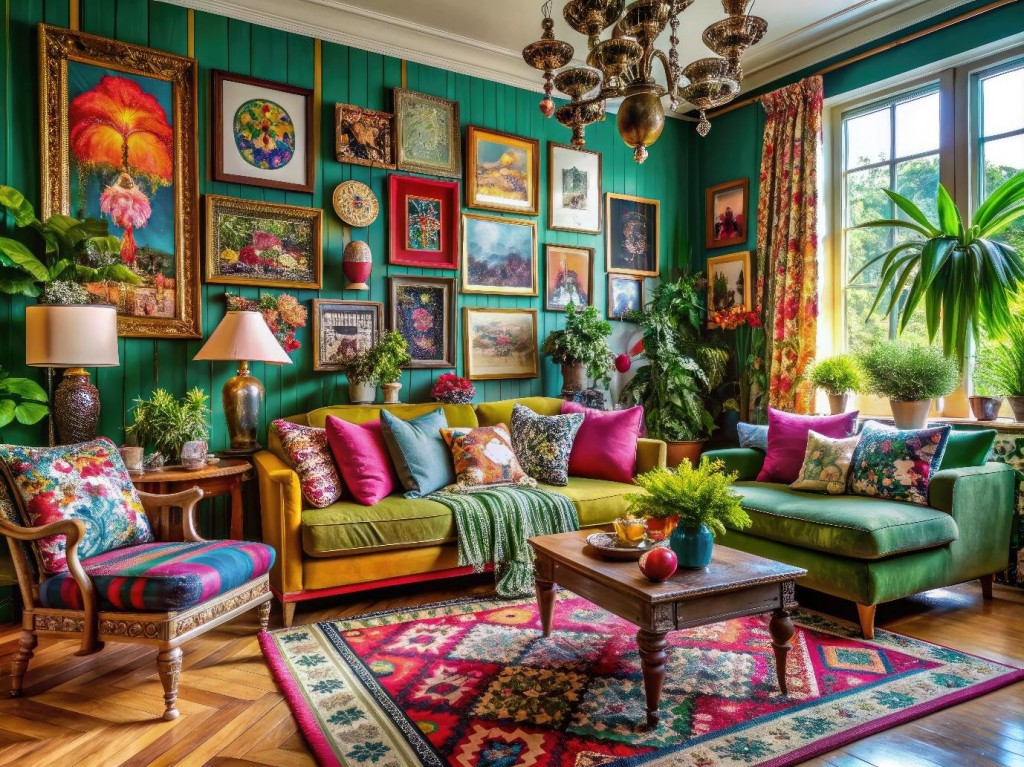
Creating Cohesion in Eclectic Interiors
Tips for Creating Flow and Unity
Repetition of elements—shapes, colours, materials—across spaces helps guide the eye. Visual zoning can be achieved using rugs, built-ins, or architectural lighting cues.
The Role of Neutral Colours as a Backdrop
Neutral tones like ivory, stone, or ash act as visual glue, providing contrast to statement pieces and balancing the overall tone.
Using Rugs and Textiles to Tie Elements Together
Area rugs and textiles unify rooms by linking disparate colours and patterns. Layering techniques—throws on seating, dual-toned cushions—enhance warmth and cohesion.
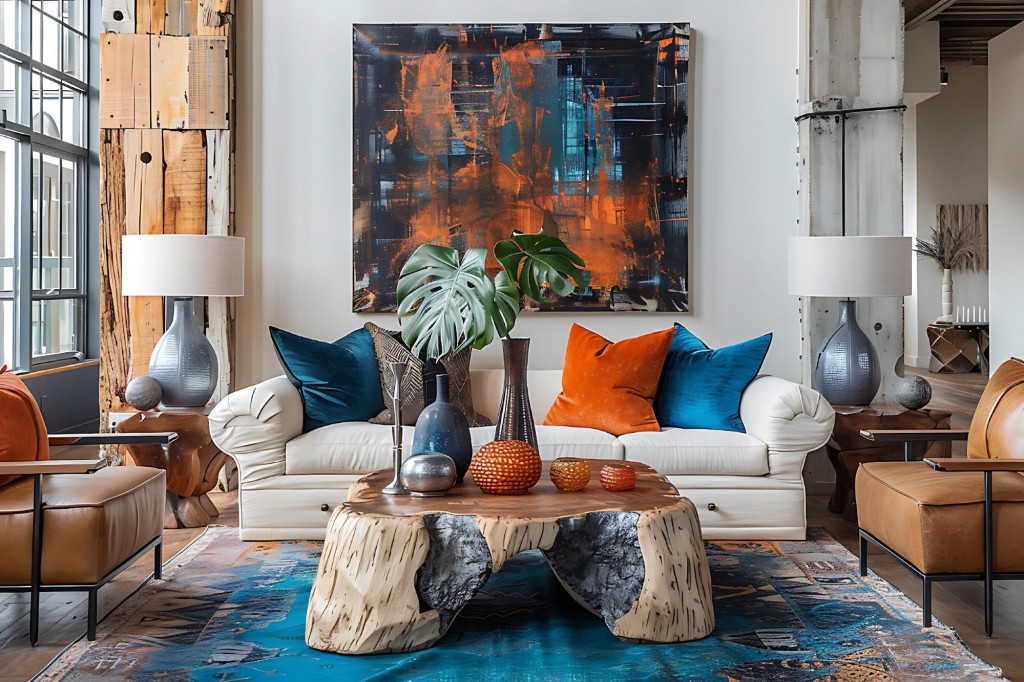
Room-by-Room Eclectic Interior Design Ideas
Each space should serve its function while reflecting the eclectic ethos.
Eclectic Living Room Ideas
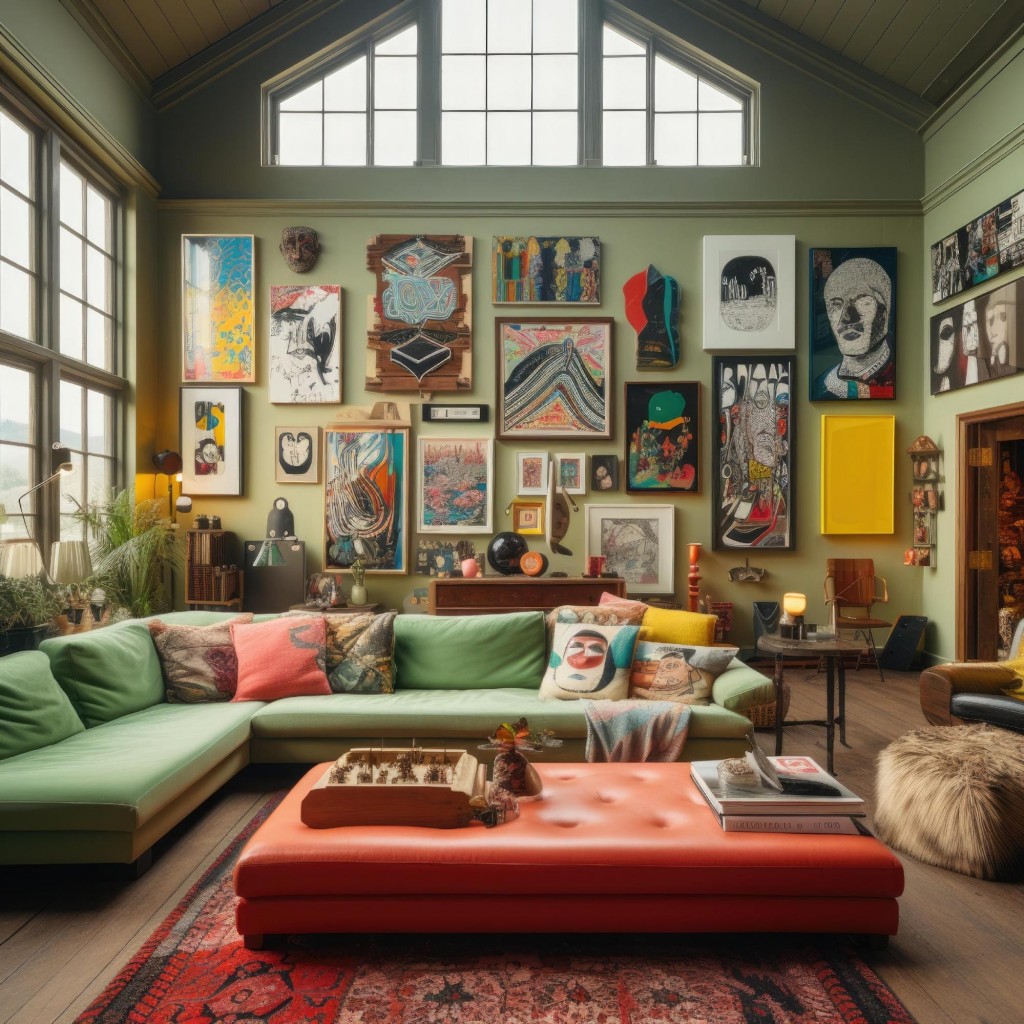
Blend modern silhouettes with vintage accessories. Modular seating, tribal rugs, and global artefacts can co-exist harmoniously when arranged with intentional asymmetry.
Eclectic Bedroom Design Ideas
Start with a clean-lined bed and layer with retro bedside tables, handmade lamps, and layered linens. It should feel curated, yet calming.
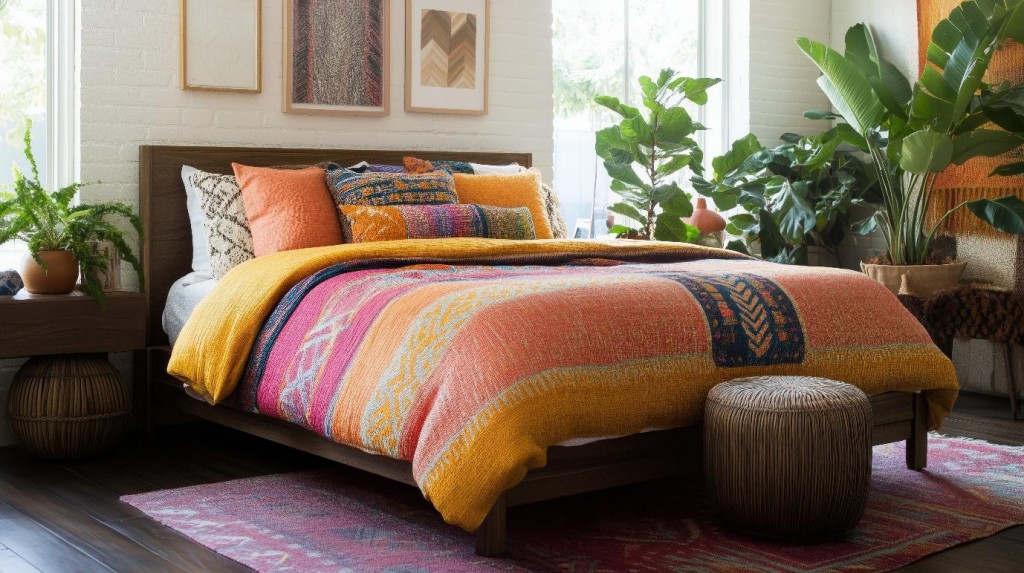
Eclectic Kitchen and Dining Room Ideas
Mix open shelving with contrasting cabinetry. Introduce ceramics, patterned backsplashes, and an antique centrepiece for a textural interplay.
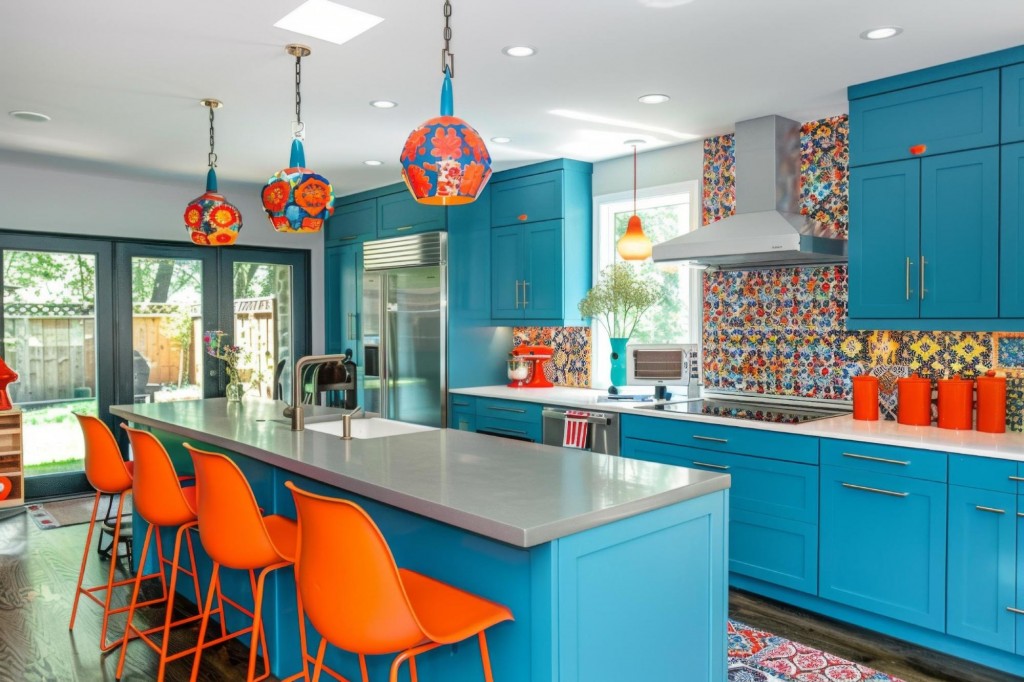
Eclectic Home Office Ideas
A classic desk with industrial lighting and curated wall art creates a stimulating yet grounded workspace. Allow collections to evolve with the user.
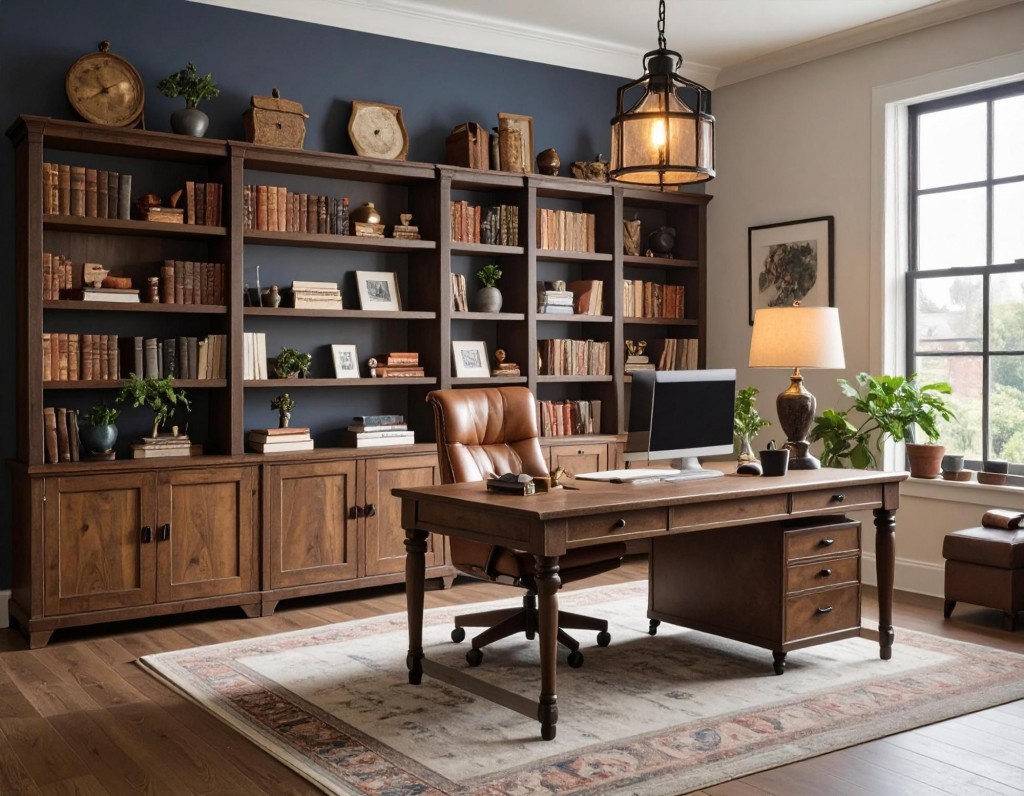
Benefits of Eclectic Interior Design
Creative Freedom and Personal Expression
This is the most individualised design approach, allowing each home to reflect the owner’s journey and taste.
Versatility in Blending Different Eras and Styles
It accommodates a wide range of architectural settings and adapts across cultural references and functions.
Cost-Effective Decorating Through Repurposing
It supports sustainable design through upcycling, encouraging the revival of pre-owned or heirloom pieces without compromising style.
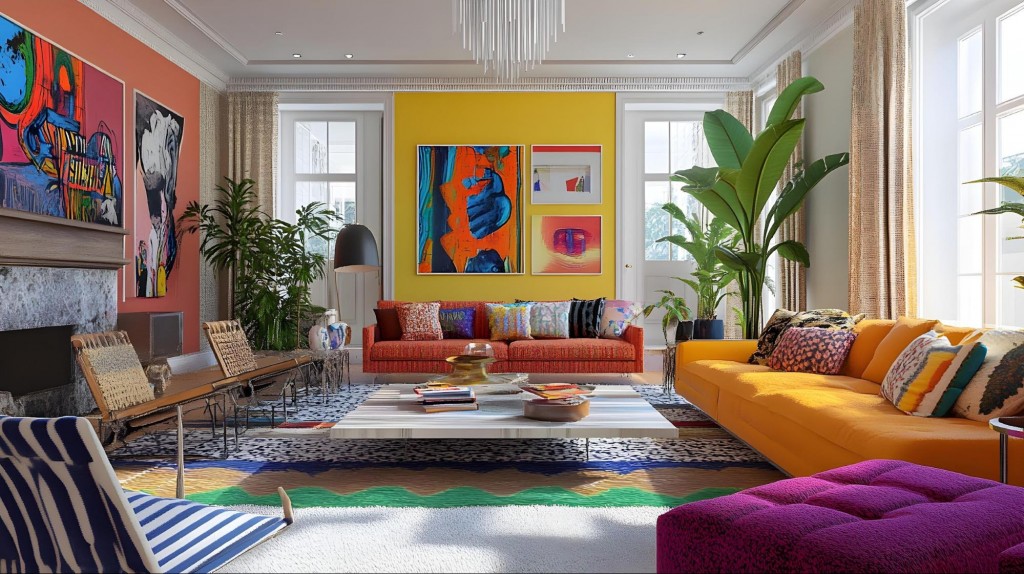
m. exploration
As we continue to explore the intersection of architecture, design, and sustainability, we invite you to delve deeper into the ideas and innovations presented on our website. Whether you’re looking for inspiring architectural projects, insightful videos, or detailed product information, Morphogenesis serves as a hub for thought-provoking content that reflects our commitment to responsible design.
If you still have unanswered questions, consider these additional resources for further information:
- Video gallery: Discover our latest projects and design philosophies through engaging visual narratives.
- Projects: Learn about our curated selection of residential, commercial, institutional, hospitality projects that embody Morphogenesis’ design philosophy – SOUL.
- m.blog: Dive into a wealth of knowledge with our blog, where we share insights on architecture, design trends, and sustainable practices.
Frequently Asked Questions
How can I create flow in eclectic design?
Anchor the space with recurring colours and textures. Create zones using lighting, rugs, and focal furniture. Balance bold statements with neutrals.
Is eclectic design suitable for all types of homes?
Yes. Whether urban or heritage, the eclectic style adapts to context. It’s particularly effective in expressing identity across different spatial typologies.
Can I mix modern and vintage pieces in an eclectic design?
Yes, this is a hallmark of eclecticism. Ensure balance in scale, materials, and visual weight to prevent discord.

